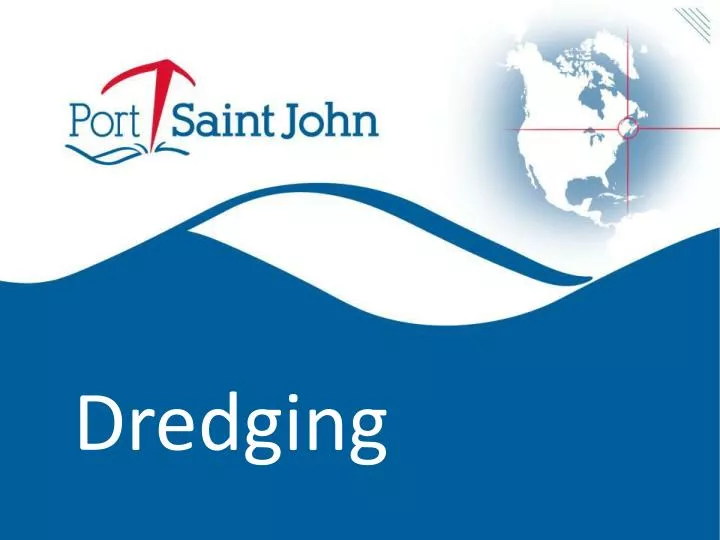

If there is a specialized problem with the excavation or earthmoving operations, then field testing is required to determine the quantities, characteristics, and location of the material that needs to be removed. The process requires the use of proper equipment and both vertical and horizontal controls to ensure accurate calculations.


Detailed records need to be kept of the quantities and intervals of the dredging, allowing future projections to be identified.īefore the project commences, hydrographic surveys should be used to determine the existing depths as well as the depths that will be attained after the dredging operation. The biggest problem is usually the disposal of the dredged material, which means that long-term projections are essential. When dredging projects are planned, the locations and quantities of material are the most important considerations that need to be addressed.

This guide is designed to provide an overview of the information that should be considered for these decisions. When new work and maintenance projects require dredging and materials disposal, then specific guidance should be followed for the evaluation of equipment and disposal. Dredging spoil is deposited in a transport barge as a pontoon crane dredges a canal.


 0 kommentar(er)
0 kommentar(er)
